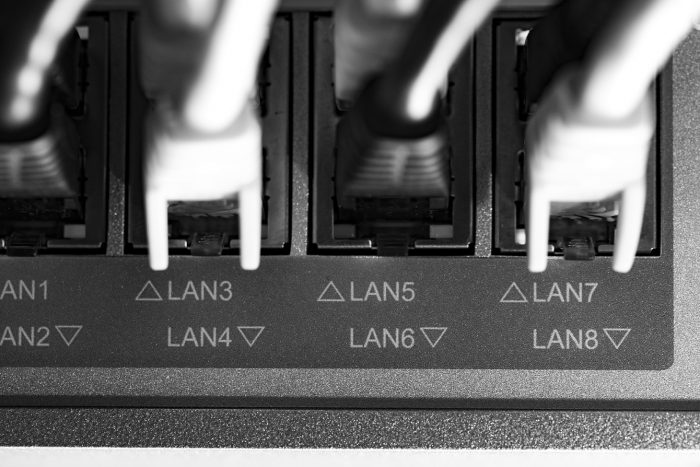The great re-platforming: Rethinking cloud strategies with cloud repatriation

The cloud exodus: When “up there” isn’t always “better.”
The cloud revolutionised IT infrastructure, offering businesses scalability, agility, and a seemingly endless supply of virtual resources. Suddenly, everyone was migrating everything – data, applications, processes – to these vast, virtual storage spaces.
However, now the term “cloud repatriation” is popping up more and more, and it has some businesses wondering if the cloud honeymoon is over. Cloud repatriation is the process of migrating data, applications, and workloads back from public cloud environments to on-premises data-centres or private clouds. While the initial migration frenzy might have painted the cloud as an ultimate solution, businesses are taking a more nuanced approach, and cloud repatriation is a strategy gaining traction. Let’s delve into the key considerations surrounding this trend.
The move “back” to on-premises: What is Cloud Repatriation?
Think of cloud repatriation as the “un-migration” process. It’s essentially moving your data and applications back from the public cloud to a private cloud or your own on-premises data-centre. While the initial cloud migration might have focused on rapid deployment and ease of use, repatriation signifies a shift towards a more strategic assessment of resource allocation, security requirements, and overall cost optimisation. It might sound counter-intuitive, but there are some compelling reasons why businesses might choose to make this move.
Why rethink the cloud? Factors influencing cloud repatriation decisions.
Several factors can influence a business to consider cloud repatriation:
- Security Imperatives: For businesses in highly regulated industries or those handling sensitive data, the enhanced control and security offered by private cloud or on-premises environments might outweigh the convenience of the public cloud.
- Cost Optimisation Strategies: Public cloud costs can become unpredictable, especially for organisations with fluctuating resource usage. Repatriating non-critical workloads can help optimise spending and align cloud expenditures with actual business needs.
- Performance Optimisation: Certain applications might experience performance issues in the public cloud due to factors like network latency or resource contention. Repatriating these applications can ensure consistent performance and meet specific performance benchmarks.
- Regulatory Compliance Requirements: Data residency regulations in certain industries might restrict the storage of specific data types in the public cloud. Repatriation ensures compliance with these regulations and avoids potential legal ramifications.
- Governance and Control Considerations: Some organisations require granular control over their data and applications. Repatriation offers greater control over security configurations, performance optimisation strategies, and customisation options compared to the public cloud model.
But is the grass really greener on the other-other side?
While cloud repatriation offers potential benefits, it’s not without its challenges:
- Migration Complexity: Moving data and applications back on-premises can be a complex process requiring careful planning, data migration strategies, and potential application reconfiguration to ensure compatibility with the on-premises environment.
- Total Cost of Ownership (TCO) Analysis: While repatriation might reduce public cloud costs, it’s crucial to factor in the ongoing costs of managing and maintaining on-premises infrastructure, including hardware, software licenses, and IT expertise.
- Scalability Limitations: On-premises infrastructure might not offer the same level of on-demand scalability as the public cloud. Carefully evaluate future growth projections to ensure the on-premises environment can accommodate future resource requirements.
- IT Resource Expertise: Managing an on-premises data center requires a high level of IT expertise for tasks like infrastructure maintenance, security management, and application support. Businesses might need to invest in additional IT resources to support a repatriated environment.
The repatriation verdict: A strategic decision for business optimisation.
The decision to repatriate from the cloud requires a thorough analysis of your specific business context. Carefully evaluate your security requirements, budget constraints, IT resource availability, and future scalability needs. The public cloud may still be the optimal solution for some businesses, while others might find a hybrid approach – utilising both cloud and on-premises resources – the most effective strategy. Remember, the cloud isn’t a magic bullet, and a well-planned repatriation strategy can offer greater security, control, and cost-efficiency for specific workloads. The key takeaway? Don’t be afraid to re-evaluate your cloud strategy and consider repatriation as a potential path to optimising your IT infrastructure for the future.




